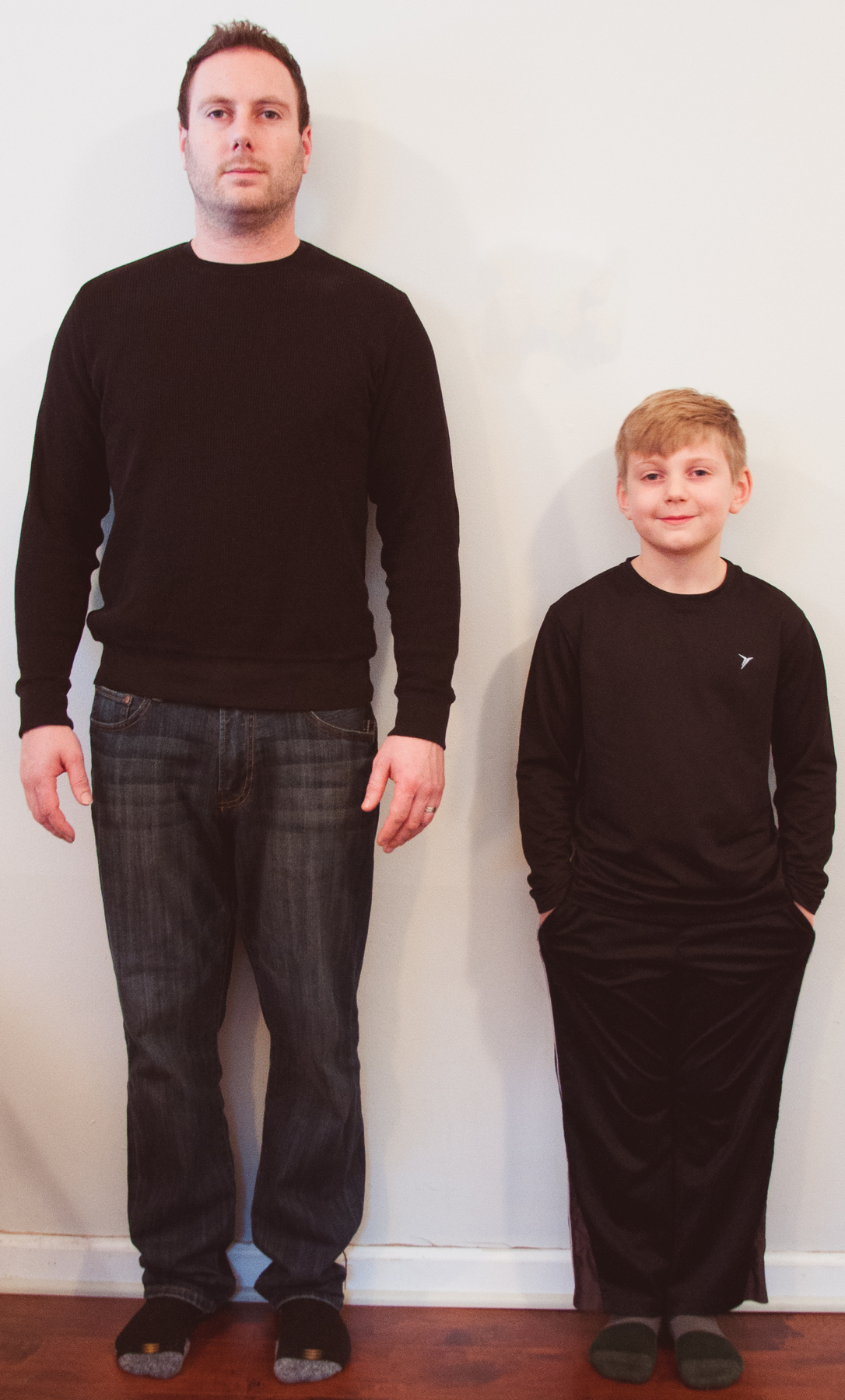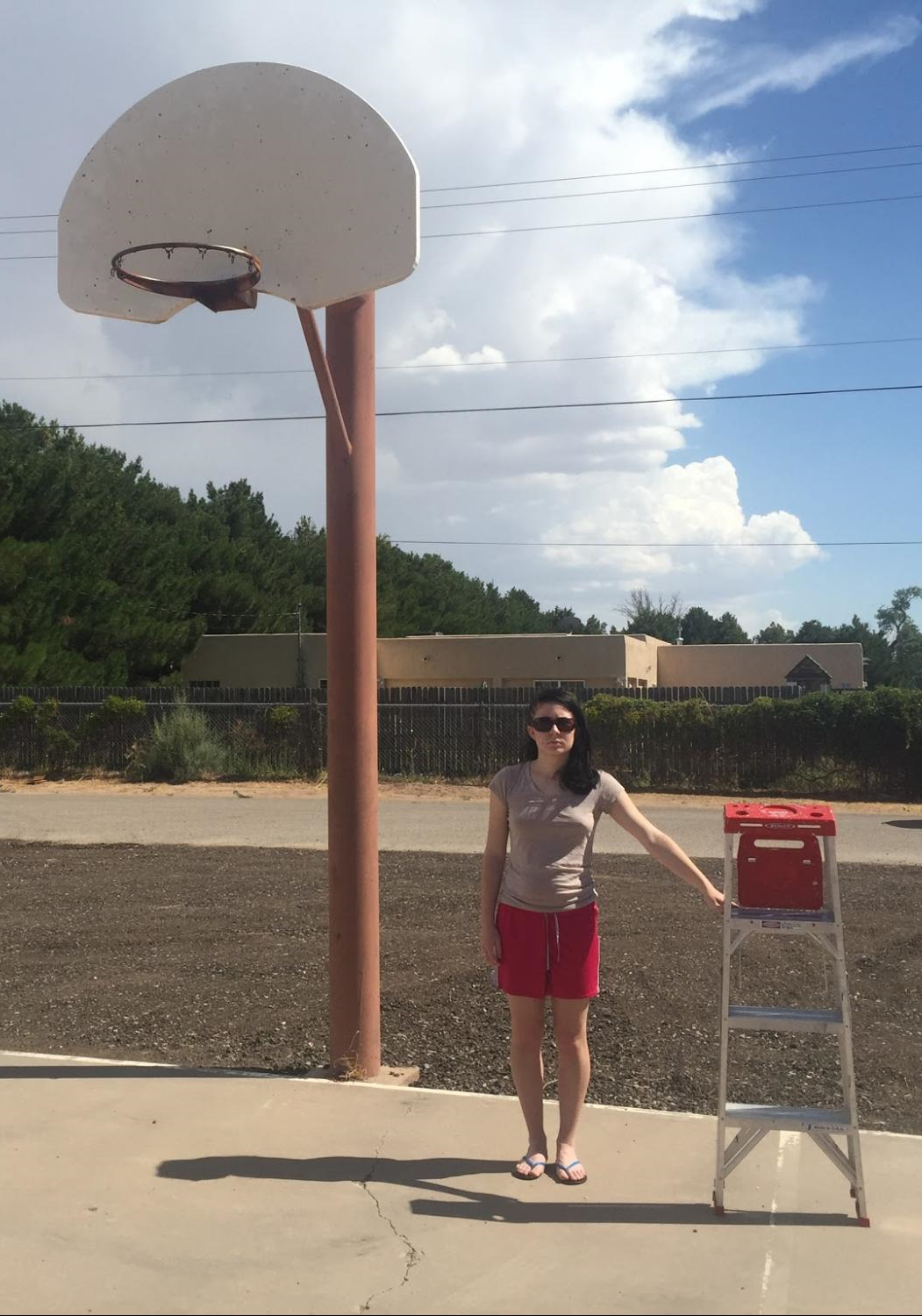An inequality tells us that one value is less than or greater than another value.
Suppose we knew the temperature is less than 3^\circ \text{F}, but we don’t know exactly what it is. To represent what we know about the temperature t in ^\circ \text{F} we can write the inequality: t< 3
The temperature can also be graphed on a number line. Any point to the left of 3 is a possible value for t. The open circle at 3 means that t cannot be equal to 3, because the temperature is less than 3.
Here is another example. Suppose a young traveler has to be at least 16 years old to fly on an airplane without an accompanying adult.
If a represents the age of the traveler, any number greater than 16 is a possible value for a, and 16 itself is also a possible value of a. We can show this on a number line by drawing a closed circle at 16 to show that it meets the requirement (a 16-year-old person can travel alone). From there, we draw a line that points to the right.
We can also write an inequality and equation to show possible values for a: a>16 a=16







